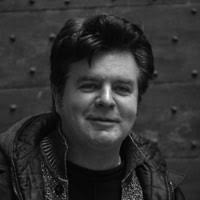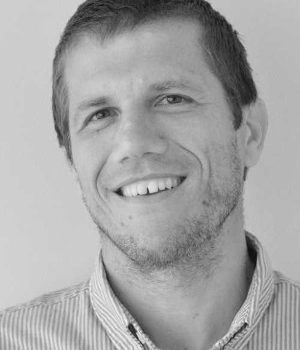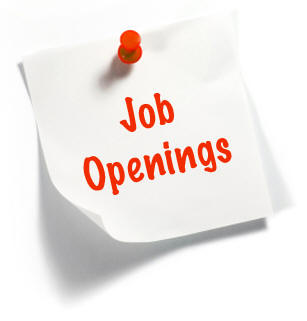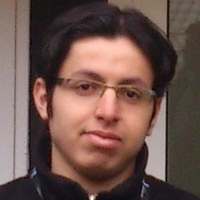
Title: Design of Optimal Multiplierless FIR Filters
Date and Place: 13 / 11 / 2019 10:30 in TD-C
Speaker: Martin Kumm (University of Applied Sciences Fulda, Germany)
Host: Florent de Dinechin
Abstract:
In this talk we present a novel method for the simultaneous design of digital filters adhering to a given frequency specification and its dedicated (hardware) implementation. Our methods are based on an integer linear programming (ILP) problem and aim to minimize the number of adders used to implement a digital filter. In the first part, an overview is given about the structure of finite impulse response (FIR) filters which typically contain many costly multiplications. As these are usually multiplications by a constant, they can be reduced to additions, subtractions and bit-shifts, leading to a multiplierless realization. A brief overview of state-of-the-art methods for optimizing constant multiplications is presented. In the second part, novel extensions are presented that also consider the frequency specification of the digital filter in the optimization. Compared to previous multiplierless FIR approaches, the methods introduced here ensure adder count optimality. We show the effectiveness by solving established design problems: our results either prove existing heuristics to be optimal or improve their adder count.
Biography:
Martin Kumm is full professor in the faculty of Applied Computer Science at the University of Applied Sciences Fulda in Germany. His research interests are arithmetic circuits and their optimization in the context of reconfigurable systems (FPGAs). http://www.martin-kumm.de/









